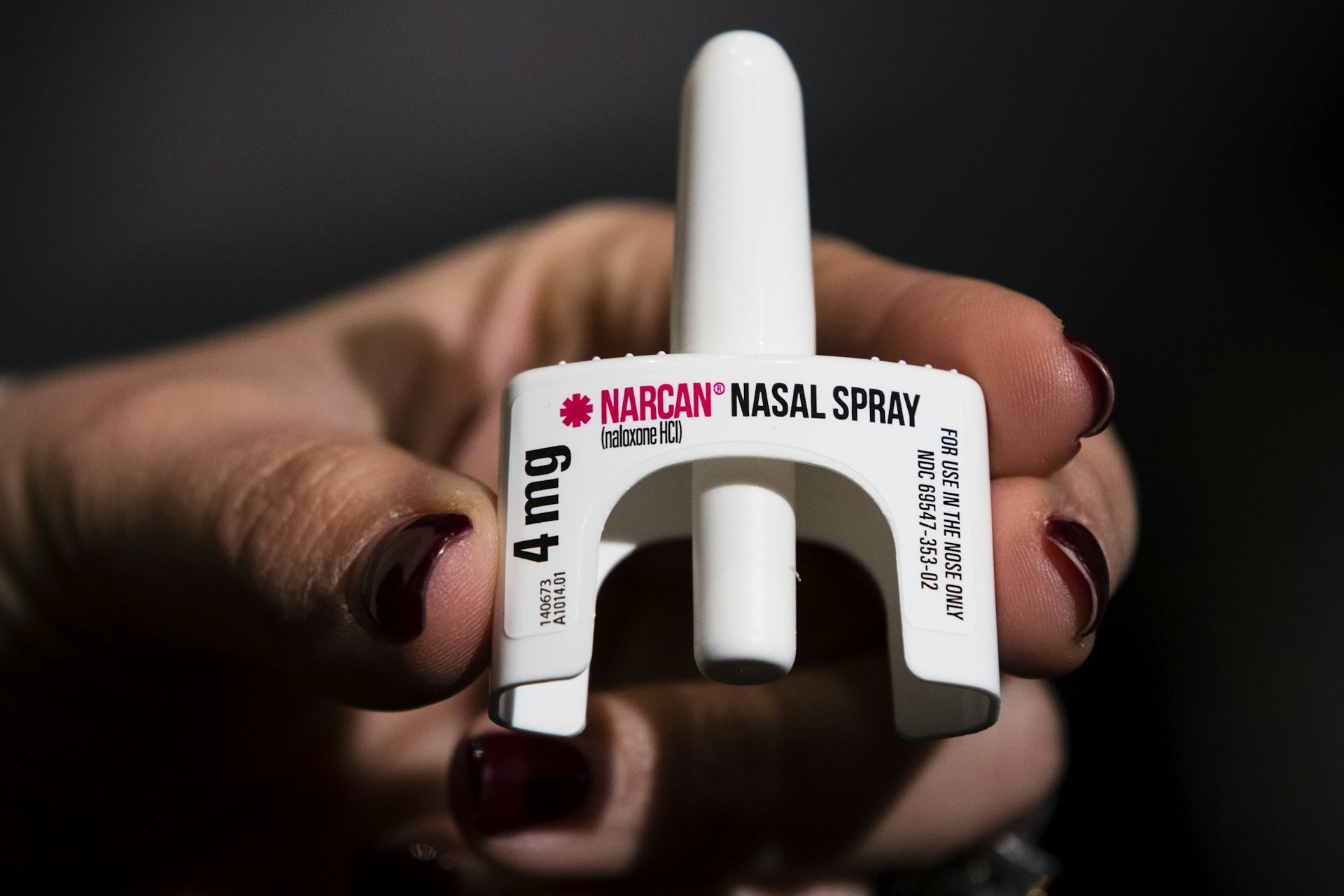Why is El Salvador so dangerous? 4 essential reads
The U.S. government has ended the protective status of 200,000 Salvadoran migrants. If deported, they would go back to one of the world's deadliest places. How did violence in El Salvador get so bad?
Editor’s note: This is a roundup of material from The Conversation archive.
The Department of Homeland Security has confirmed that it will eliminate the Temporary Protection Status that gave provisional U.S. residency to Salvadoran migrants after a 2001 earthquake. Some 200,000 Salvadorans now have until Sept. 9, 2019, to leave the United States, obtain a green card or be deported.
According to a Jan. 8 DHS statement, the decision was made “after a review of the disaster-related conditions upon which the country’s original designation was based,” which determined that they “no longer exist.”
Immigration advocates have condemned the move, saying it overlooks El Salvador’s extreme violence, which has surged since the Bush administration first offered Salvadorans protective status. With 81.2 murders per 100,000 people in 2016, El Salvador is the deadliest place in the world that’s not a war zone. More than 5,200 people were killed there in 2016.
How did El Salvador become so violent? These four articles shed some light on the country’s complex crime problem. Spoiler: It’s not just about the gangs.
1. It all started in the U.S.
President Donald Trump and Attorney General Jeff Sessions often claim that lax immigration policies allowed fearsome Central American gangs like MS-13 to spread from El Salvador into the U.S.
The truth is quite the opposite, writes Florida International University professor José Miguel Cruz.
“The street gang Mara Salvatrucha 13, commonly known as MS-13, was born in the United States,” he explains.
Formed in Los Angeles in the early 1980s by the children of Salvadoran immigrants who’d fled that country’s civil war, MS-13 was at first just “kids who met hanging out on street corners,” writes Cruz.
It wasn’t until the early 2000s that the group spread into Central America. There, it has brutally deployed extortion, human smuggling and drug trafficking, terrorizing neighborhoods and helping to turn the so-called Northern Triangle – El Salvador, Guatemala and Honduras – into the world’s deadliest place.
2. It’s not just El Salvador
El Salvador may be particularly dangerous, but it isn’t the only Latin American country facing a homicide epidemic, writes Robert Muggah, a Brazilian crime researcher.
As a whole, “Latin America is where the most murders in the world happen,” Muggah writes. Home to just 8 percent of the world’s population, the region sees over 38 percent of global homicides. Every day some 400 Latin Americans are killed.
Many factors contribute to this homicide epidemic, according to Muggah, including “the war on drugs, abundant unlicensed firearms, persistently unequal gender relations and, in Mexico and Central America, thousands of marginalized, uprooted, and sometimes convicted U.S. deportees.”
Governments have responded to rising violence by sinking money into police forces, prosecutors and prisons. It hasn’t worked, Muggah writes. Only 20 percent of murders in Latin America results in conviction. And in San Salvador, El Salvador – last year the seventh-deadliest city in the world – just 10 percent do.
3. Women can be targets
“Criminal violence, while potent, is just part of a dangerous cocktail” of crime in Central America, writes Ariadna Estévez of Mexico’s National Autonomous University.
For example, in 2015, Honduras had the highest rate of feminicide – or female murder – in the world. Environmental advocates who stand up to illegal mining and other kinds of resource exploitation in Central America are also frequent targets of violence.
Those two facts are not unrelated, Estévez warns. “It’s a common mistake to consider violence against women a private, non-political act. But women are often on the front lines of activism” she writes, because they tend to fight against activities that are “harmful to their children, homes and communities.”
4. El Salvador’s government isn’t helping
José Miguel Cruz agrees that gangs like MS-13 are not the sole cause of crime in Central America. Rather, he contends, they are “largely a symptom of a far more critical issue plaguing the region – namely, corruption.”
According to Cruz, groups like MS-13 have grown and thrived in El Salvador because the political class protects them. In August, prosecutors there showed that the country’s two main political parties had colluded with MS-13 and other gangs, paying more than US$300,000 for help winning the 2014 presidential election.
The same nexus between government and organized crime has been exposed across Central America, where political institutions routinely shield gangs in exchange for economic support and political backing in the barrios they control. Few are ever prosecuted for this crime, Cruz says.
That erodes Central Americans’ belief in the rule of law, which, in turn, makes it harder to fight violence. “Root out corruption in the Central American ruling class,” he wagers, “and the gangs and crooks will go down with it.”
Read These Next
Drones, physics and rats: Studies show how the people of Rapa Nui made and moved the giant statues –
The mysteries of Easter Island, subjects of speculation for centuries, yield to scientific inquiry.
How does Narcan work? Mapping how it reverses opioid overdose can provide a molecular blueprint for
Naloxone can reverse an overdose in minutes, but exactly how it does this at the molecular level has…
George Plimpton’s 1966 nonfiction classic ‘Paper Lion’ revealed the bruising truths of Detroit Lions
George Plimpton, then a 36-year-old literary editor, endured the brutal realities of a professional…






